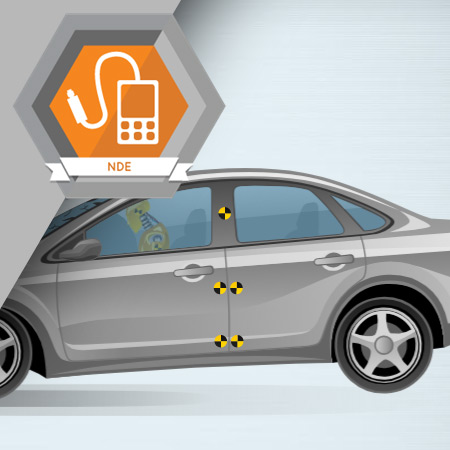
The field of nondestructive examination touches many of the products that you use every day. In this course, you will begin to learn about this broad field and where it is used.
Estimated completion time (hours): 1.0
Objectives
By the end of this course, you will be able to do the following:
- Define nondestructive examination
- Describe the benefits of nondestructive examination
- List industries that use nondestructive examination
- List organizations that regulate the safety and reliability of products and services
- Describe career opportunities in the field of nondestructive examination
Learning Paths
- Nondestructive Examination
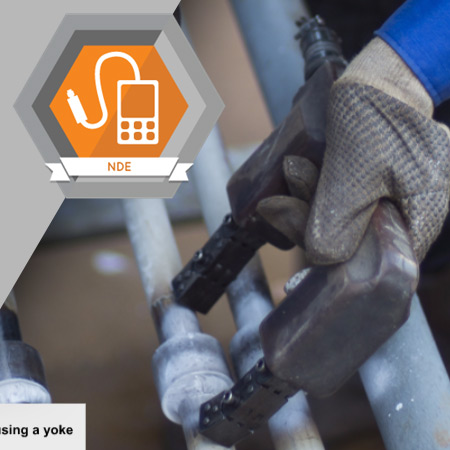
A wide variety of methods are used to perform nondestructive examination (NDE). These methods use the same general process and common terminology. Understanding these key concepts is the first step in understanding the field of NDE.
Estimated completion time (hours): 1.2
Objectives
By the end of this course, you will be able to do the following:
- Define terminology used in the field of NDE
- Describe where NDE is used
- Describe different methods of NDE
- Describe the NDE process
Learning Paths
- Nondestructive Examination
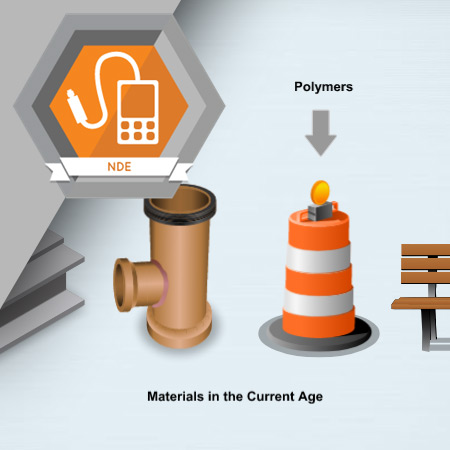
In this course, you will discover why it is important that NDE technicians have some knowledge of material science. In particular, you will learn about the properties of metals, ceramics, polymers, and composites.
Estimated completion time (hours): 0.8
Objectives
By the end of this course, you will be able to do the following:
- Define terms used to describe materials
- List the properties of metals
- List the properties of ceramics
- List the properties of polymers
- List the properties of composites
Learning Paths
- Nondestructive Examination

Understanding metals manufacturing and processes is vital to your success as an NDE technician. Although discontinuities can occur at any time during the manufacturing of a product, certain types of discontinuities are more common during specific manufacturing stages.
Estimated completion time (hours): 1.1
Objectives
By the end of this course, you will be able to do the following:
- Define terms used in metals manufacturing and process
- Describe casting and wrought processes
- Identify various types of inherent and processing discontinuities
- Describe assembly, surface treatment, and strengthening processes
Learning Paths
- Nondestructive Examination
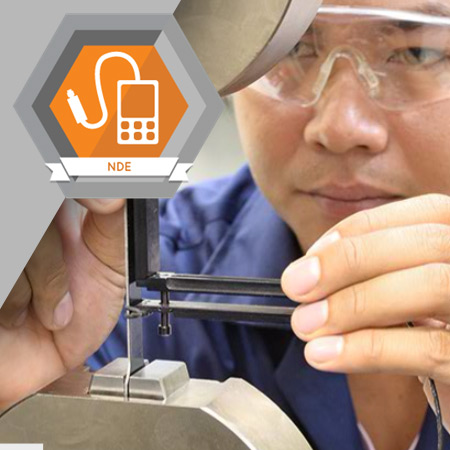
The fields of nondestructive and destructive testing are related. An NDE technician must have a thorough understanding of material properties, most of which are commonly established by destructive testing.
Estimated completion time (hours): 3.4
Objectives
By the end of this course, you will be able to do the following:
- List three groups of material properties
- Describe testing methods used to establish material properties
- List key points on the engineer’s stress-strain diagram
- List the stages of fatigue
- List the stages of creep
- Describe several methods of hardness testing
Learning Paths
- Nondestructive Examination
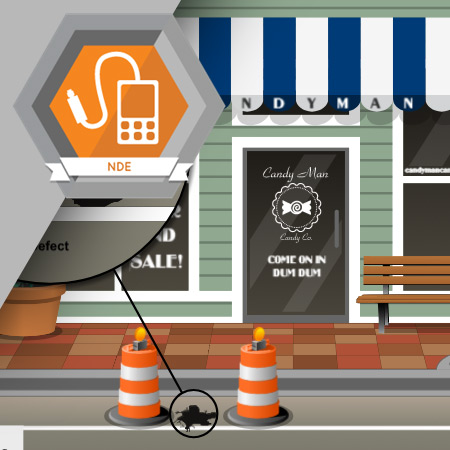
In this course, you will learn about the five different types of service loads, as well as common discontinuities. You will also understand different types of in-service discontinuities.
Estimated completion time (hours): 1.3
Objectives
By the end of this course, you will be able to do the following:
- Understand the difference between inherent, processing, and service-induced discontinuities
- Define static and dynamic loading
- Describe the five fundamental types of loading
- Define stress and strain
- Understand two categories of deformation
- Define creep
- Know the difference between constant and varying loads
- Understand the different types of in-service discontinuities
- Understand the difference between a defect and a discontinuity
Learning Paths
- Nondestructive Examination
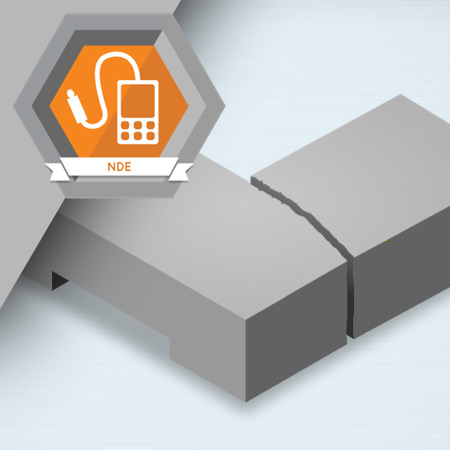
Fracture mechanics is an engineering discipline where the presence of a crack is assumed. It makes quantitative relations among the crack depth, its length, the material’s inherent resistance to crack growth, and the determination of the ultimate stress intensity at which the crack propagates to cause structural failure. Fracture mechanics relies on the results of nondestructive examination to help predict when flawed parts might fail.
Estimated completion time (hours): 0.9
Objectives
By the end of this course, you will be able to do the following:
- Define fracture mechanics
- Define dormant and dynamic flaws
- List three modes of fracture
- Define terms used in fracture mechanics
- Understand flaw characterization
- Understand the role NDE plays in fracture mechanics analysis
Learning Paths
- Nondestructive Examination
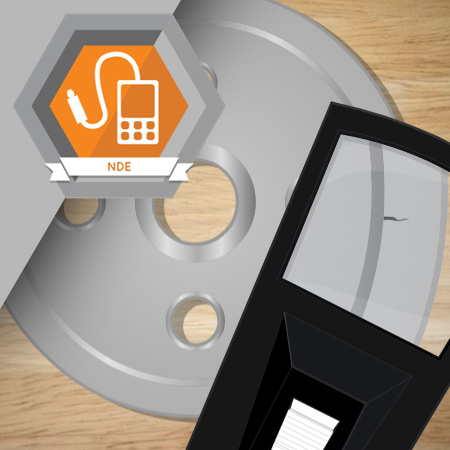
This course provides a general overview of the six major categories of NDE methods, including their advantages and limitations. Learning about the general capabilities of the various NDE technologies will assist you in choosing the appropriate NDE method or methods when testing for product integrity or assessing the condition of a product.
Estimated completion time (hours): 1.9
Objectives
By the end of this course, you will be able to do the following:- Describe each NDE method
- Identify where each method is used
- List the advantages of each method
- List the limitations of each method
Learning Paths
- Nondestructive Examination
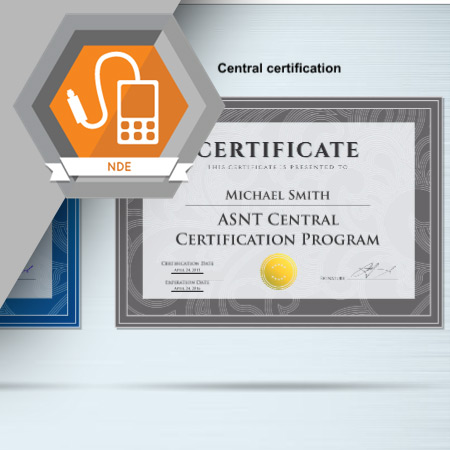
Before performing NDE, a technician must be qualified and certified. In this course, you will learn about global processes for personnel qualification and certification and specific requirements used in the United States.
Estimated completion time (hours): 0.8
Objectives
By the end of this course, you will be able to do the following:
- Describe the process for personnel qualification
- Compare employer-based certification to central certification
- Define terminology, including qualification, certification, and recommended practice
- Define three levels of personnel qualification
- Understand that the initial training and experience requirements are greater for more complex NDE methods
- Describe what is typically included in an organization’s NDE Personnel Qualification and Certification written practice
Learning Paths
- Nondestructive Examination
